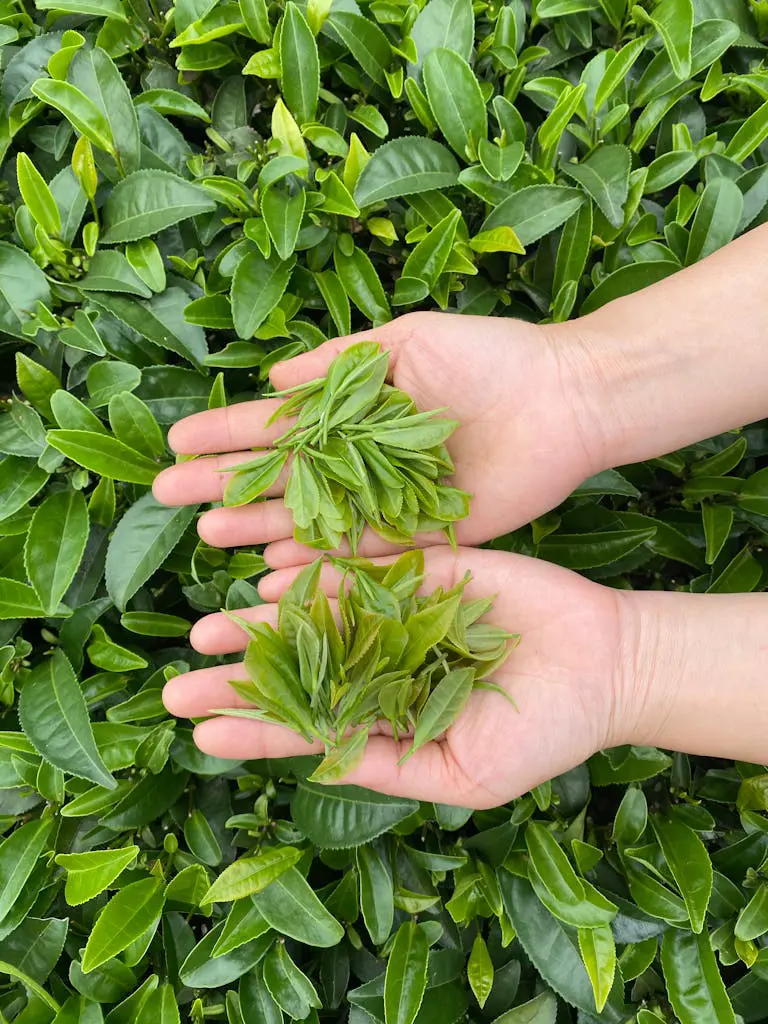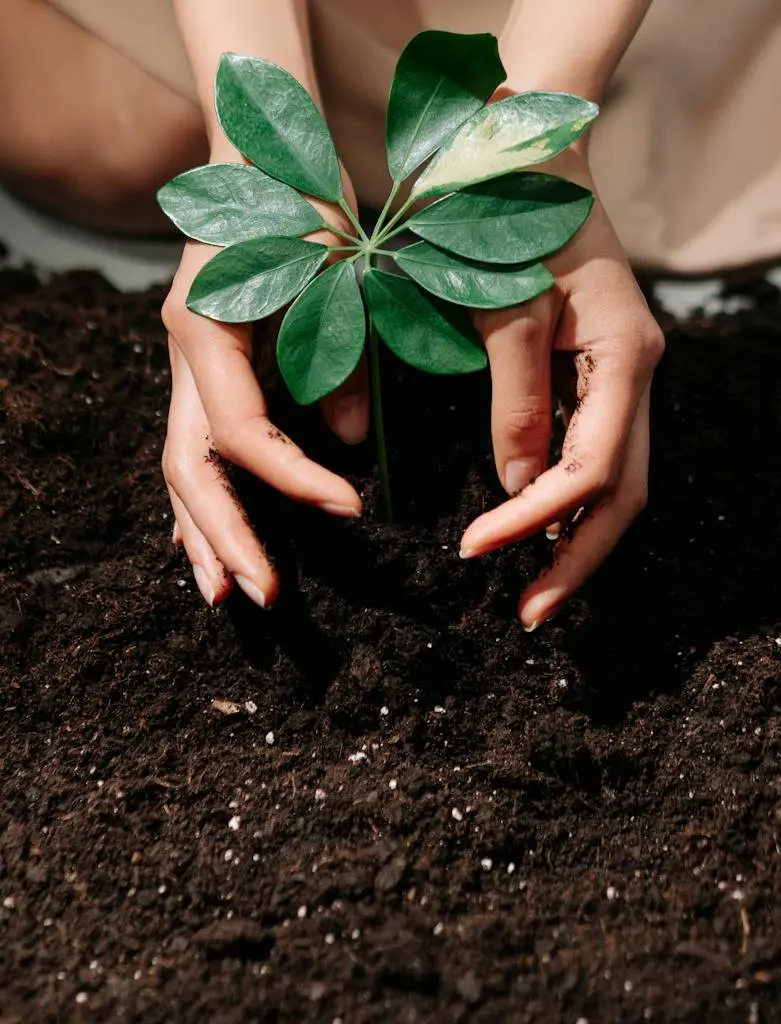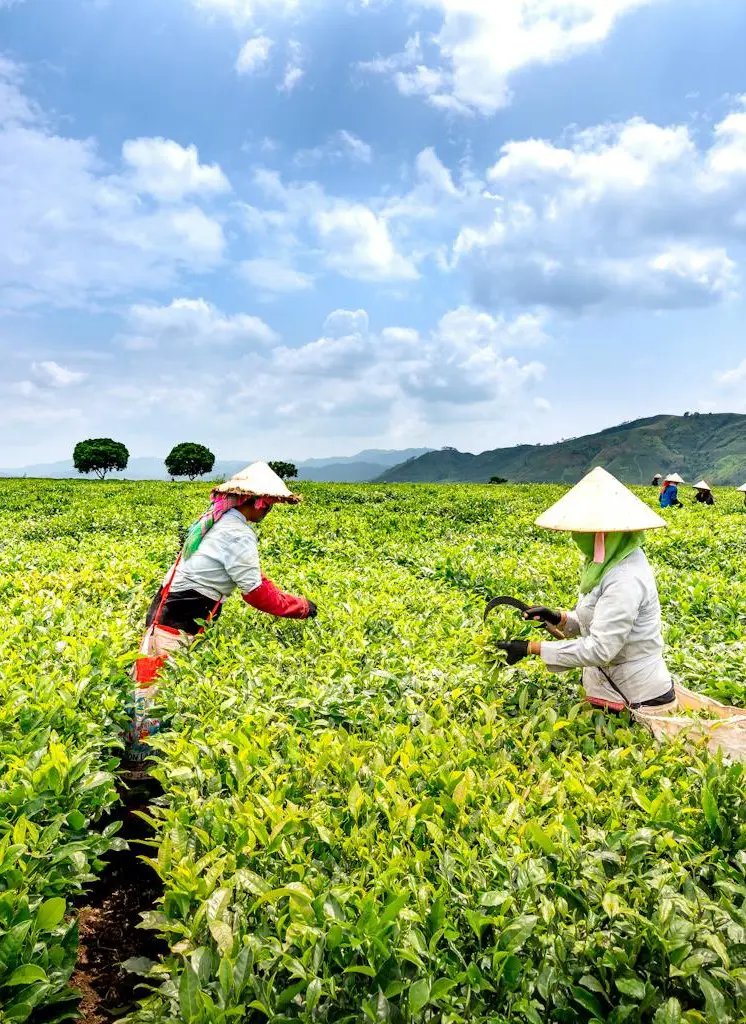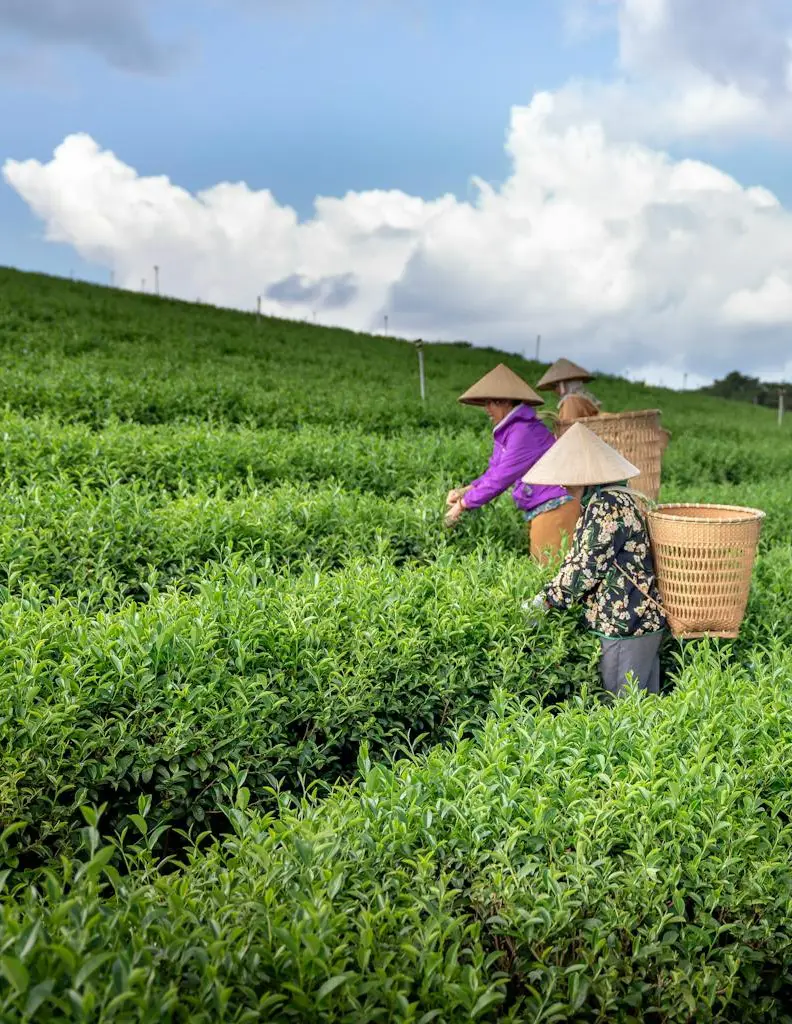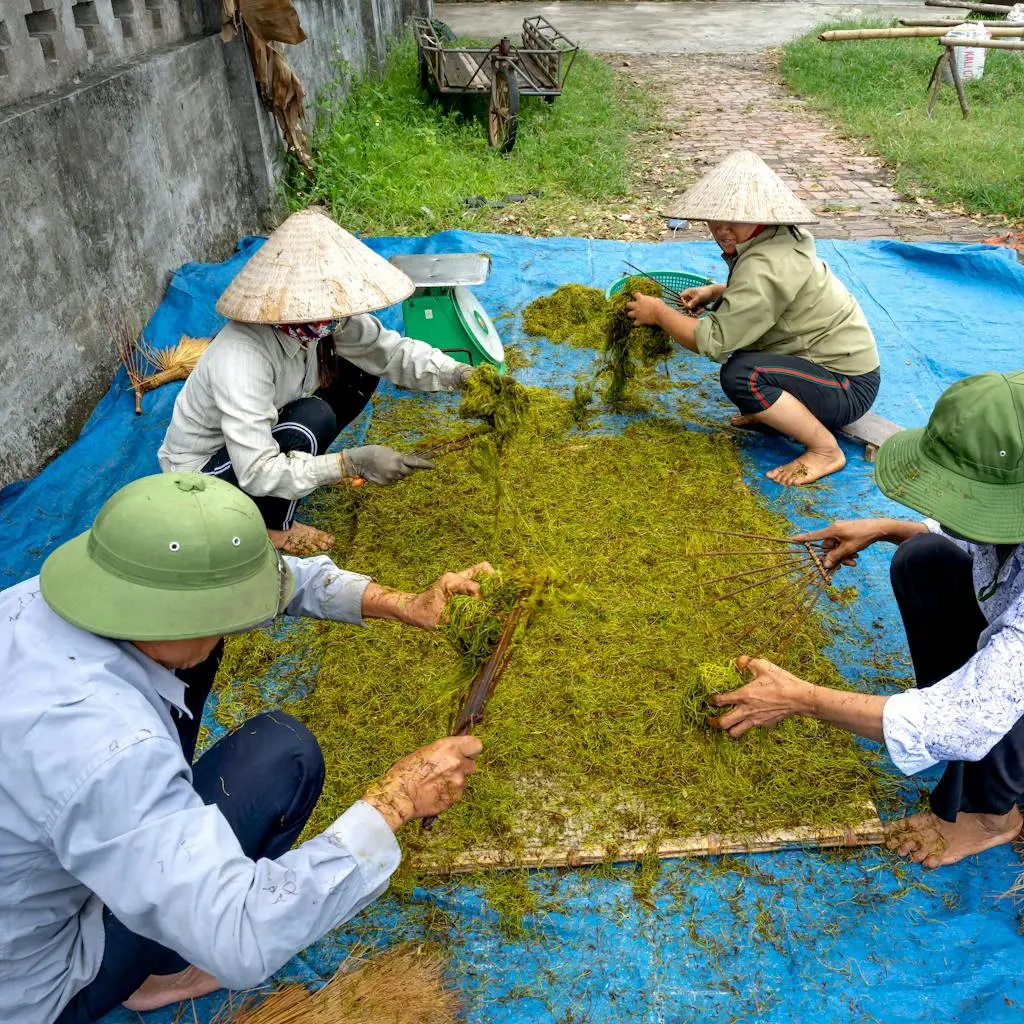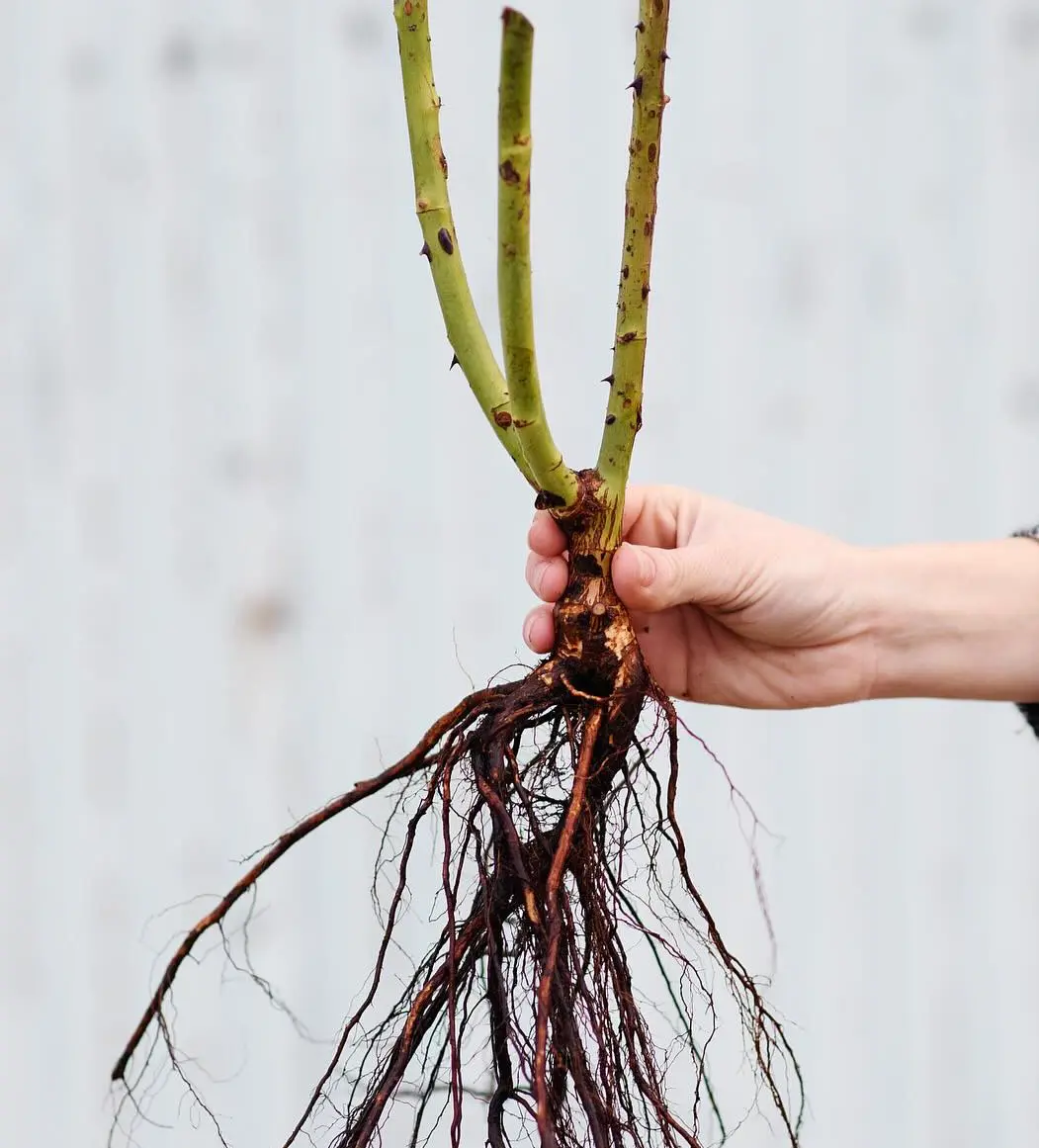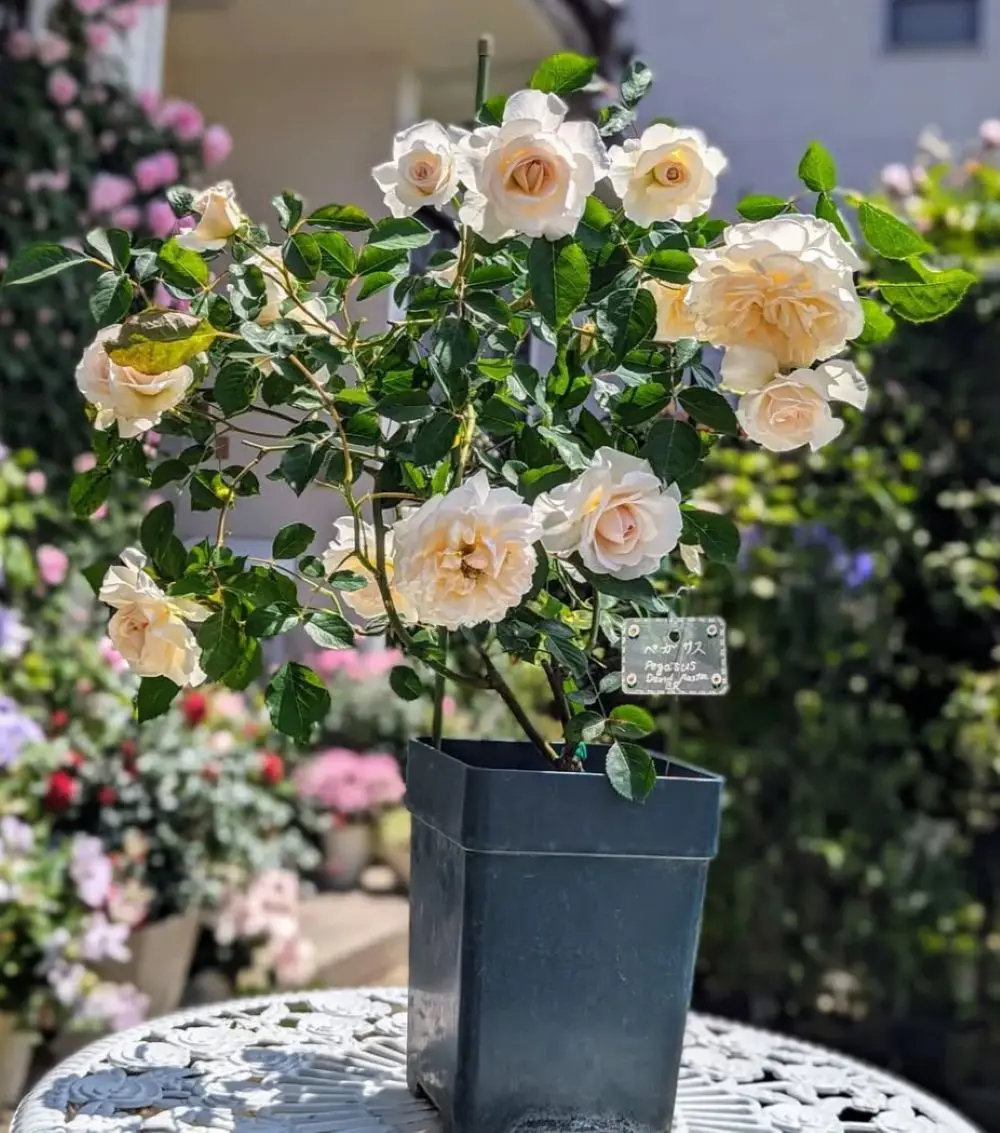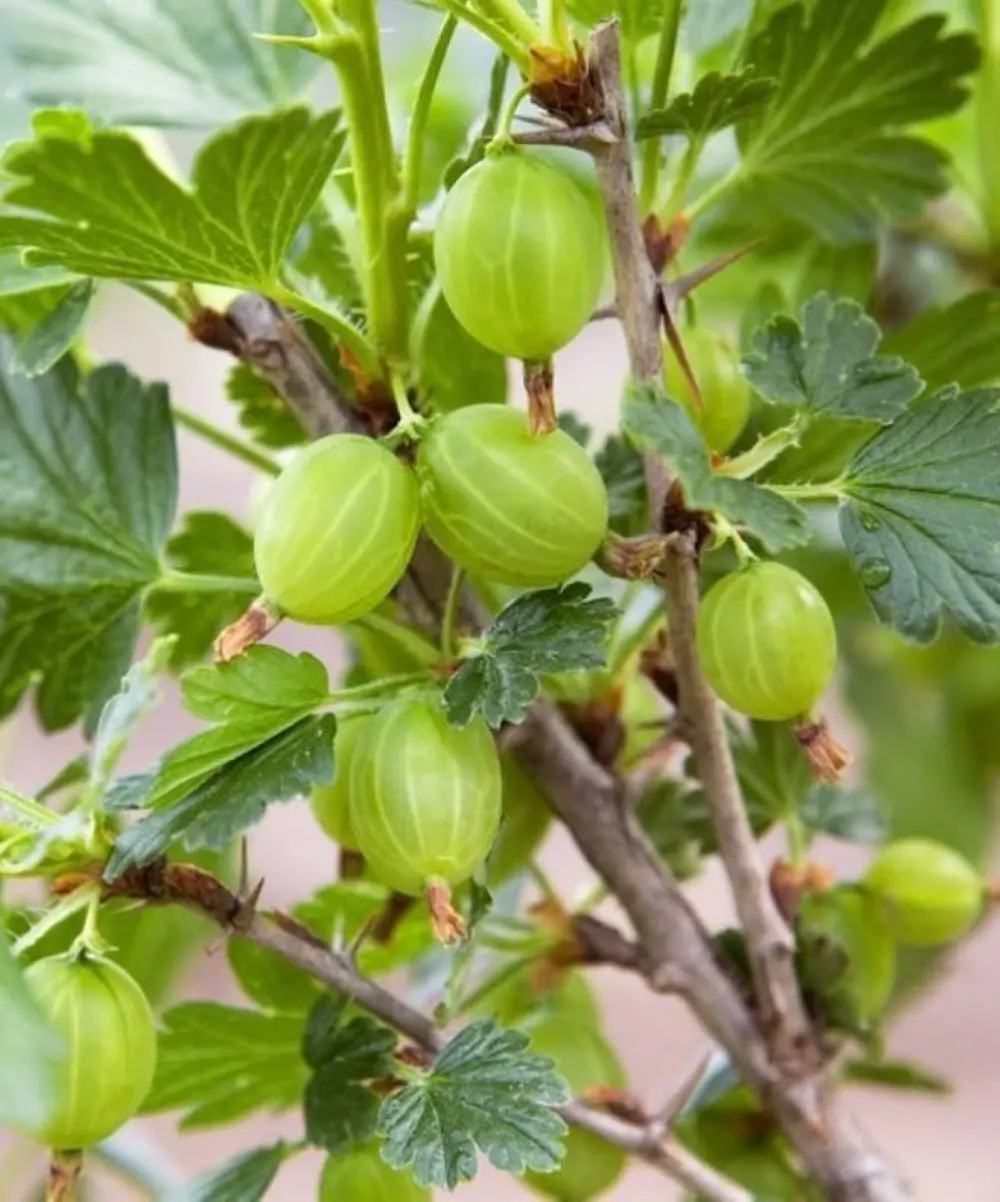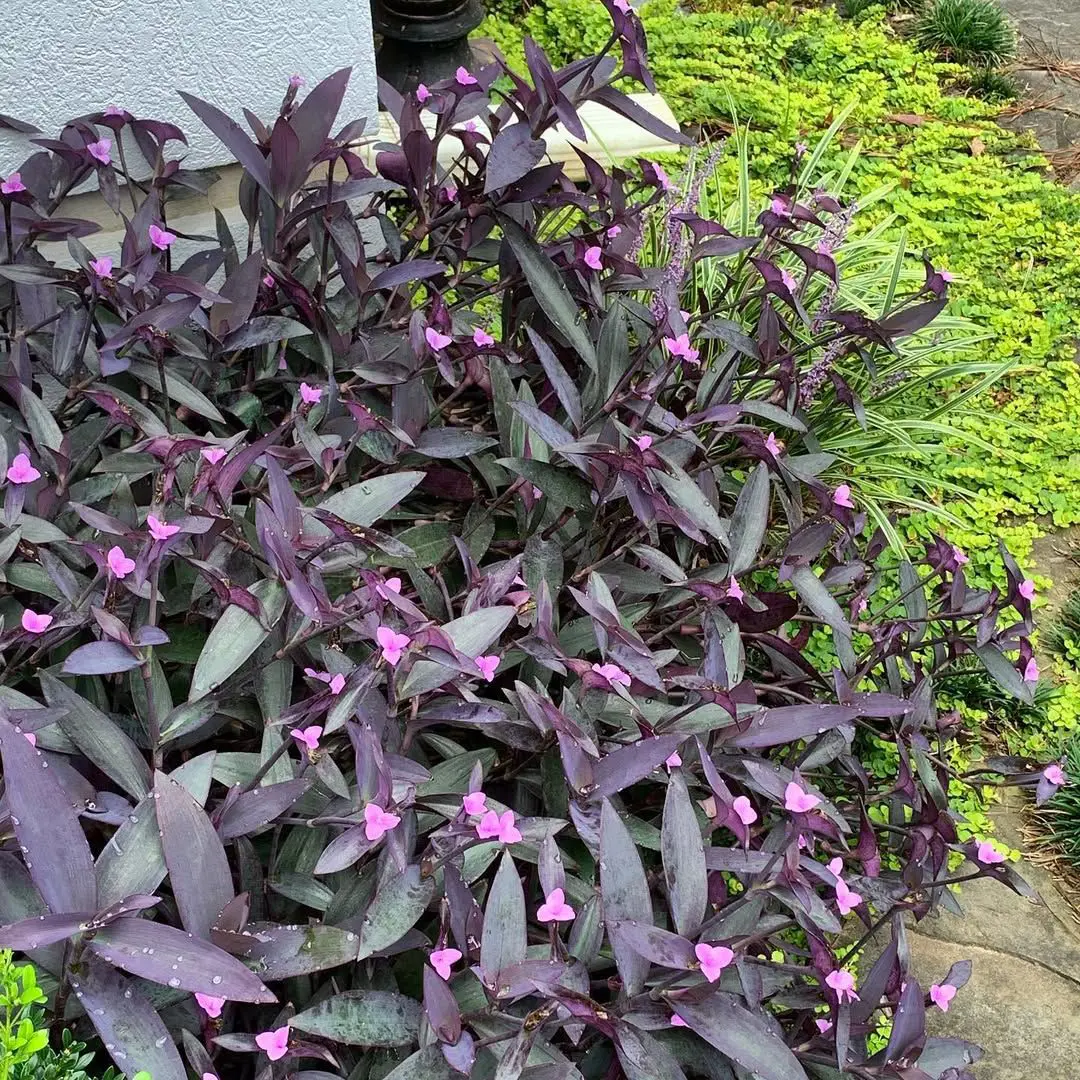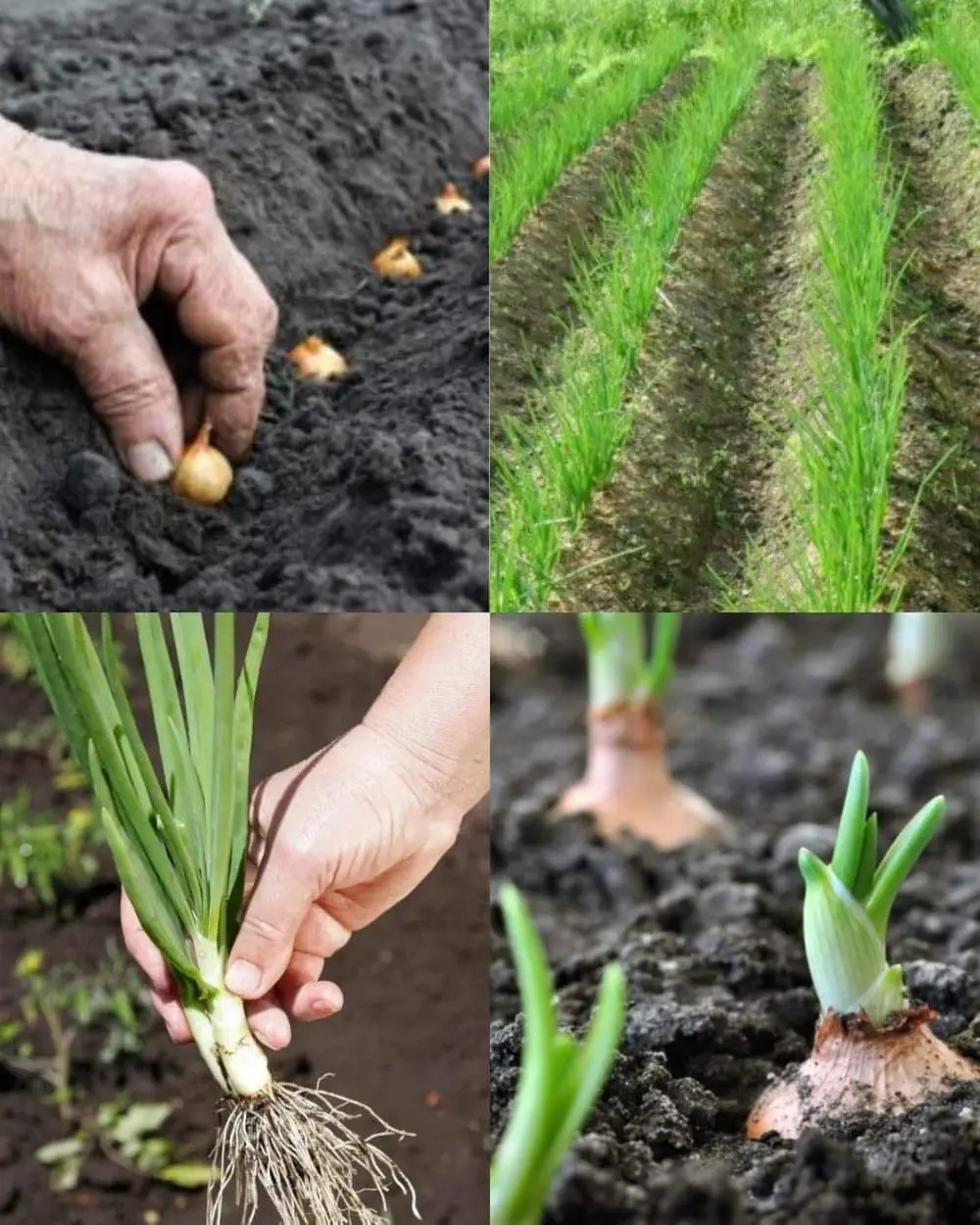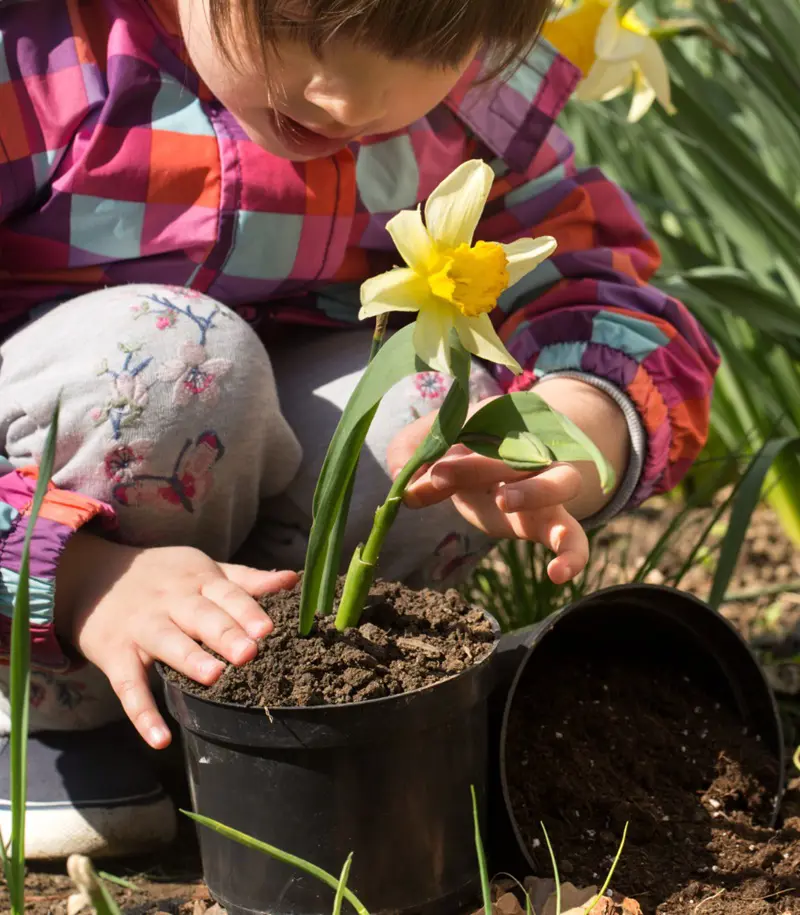How Does Tea Grow?
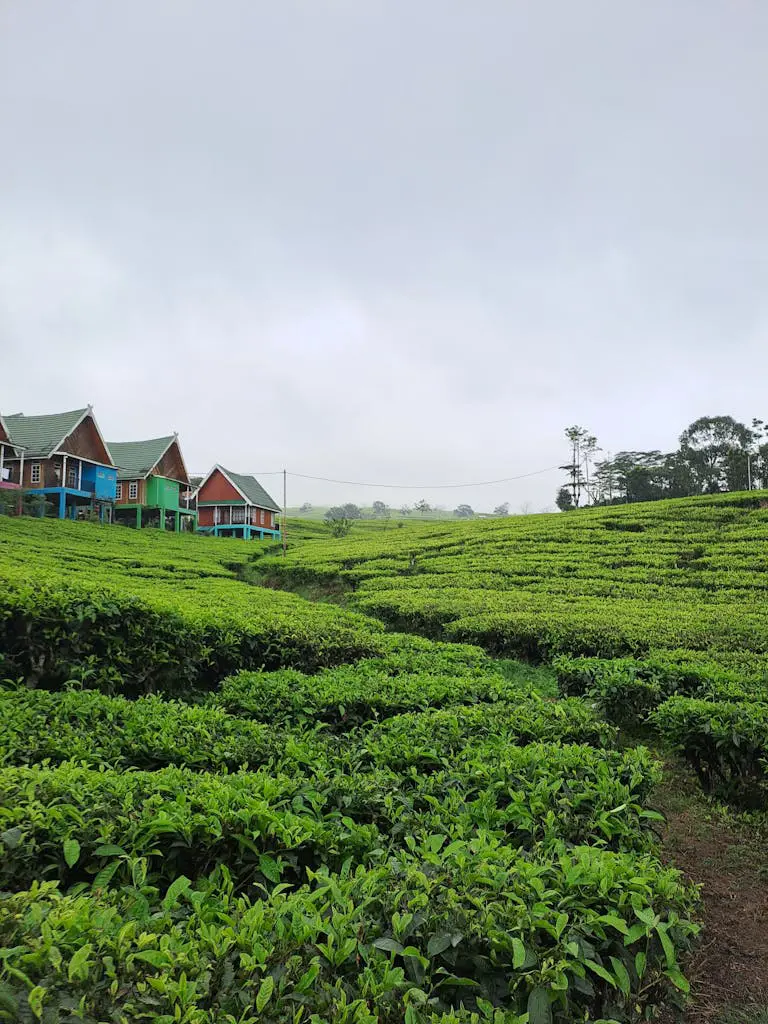
Tea cultivation is an art that combines tradition with modern agricultural practices. Let's explore the three primary methods of growing tea plants in more detail:
1. Growing from Seeds
Process:
- Collect and clean fresh tea seeds
- Soak seeds in water for 24-48 hours to stimulate germination
- Plant seeds in a controlled environment (usually indoors) with consistent temperature and humidity
- Once seedlings are strong enough, transplant them outdoors
Characteristics:
- Time-consuming: Takes at least 3 years before the first harvest
- Low success rate: Not all seeds will germinate or produce viable plants
- Genetic diversity: Can lead to new tea varieties
Challenges:
- Requires patience and careful nurturing
- Sensitive to environmental fluctuations
- Higher risk of plant loss
Best for:
- Tea enthusiasts interested in the entire growth process
- Researchers developing new tea varieties
- Those with ample time and resources
2. Planting Seedlings
Process:
- Purchase young tea plants from nurseries or specialized growers
- Prepare the planting area with well-draining, slightly acidic soil
- Transplant seedlings, ensuring proper spacing (usually 4-5 feet apart)
- Provide regular care, including watering and protection from extreme weather
Characteristics:
- Faster initial growth compared to seeds
- More predictable results
- Allows for precise planning of tea gardens
Advantages:
- Shorter time to first harvest (typically 1-2 years after planting)
- Higher success rate than seed planting
- Easier for beginners or small-scale growers
Best for:
- Home gardeners
- Small-scale tea producers
- Those looking to establish a tea garden more quickly
3. Propagation from Cuttings
Process:
- Select healthy, mature tea plants for cuttings
- Cut 4-6 inch stems, removing lower leaves
- Dip cut ends in rooting hormone
- Plant in a growing medium and maintain high humidity
- Once rooted, transplant to permanent locations
Characteristics:
- Fastest method to produce new tea plants
- Allows for cloning of desirable traits
- High success rate when done correctly
Advantages:
- Preserves specific cultivar characteristics
- Can produce harvestable leaves more quickly than other methods
- Ideal for maintaining consistency in tea flavor and quality
Best for:
- Commercial tea growers
- Those looking to expand existing tea gardens
- Preserving specific tea varieties
